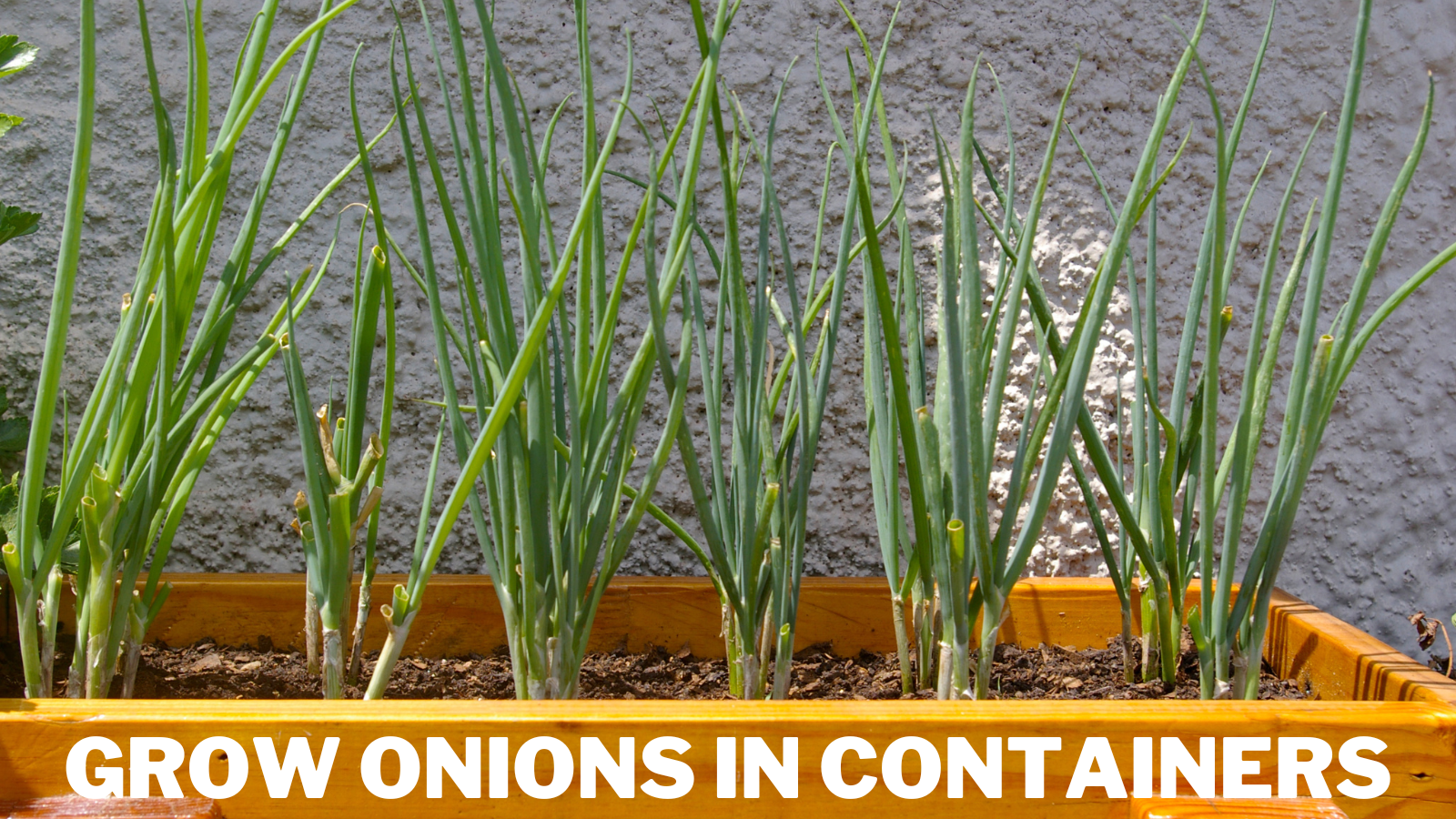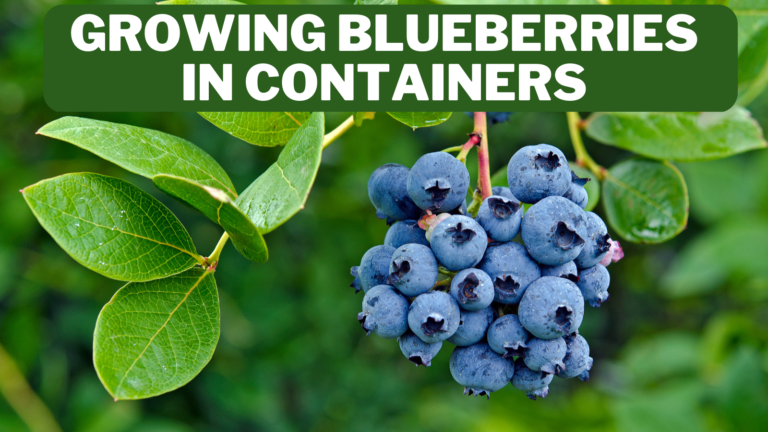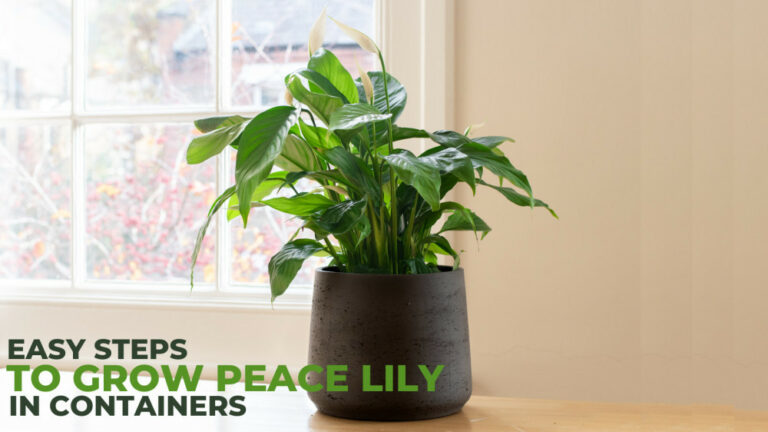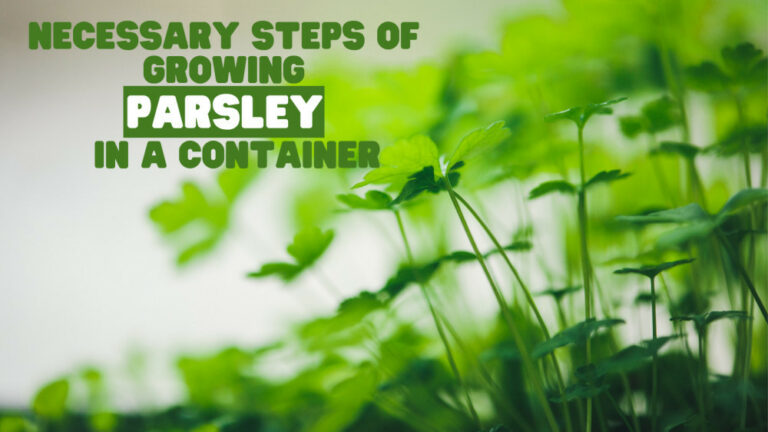8 Best Guarded Secrets To Grow Onions In Containers
8 Best Guarded Secrets To Grow Onions In Containers
Under the right conditions, onions may be grown almost anywhere. Many resorted to gardening as they had more time at home this spring.
Some people didn't have the customary amount of growing land for onions, but they still wanted to raise their food.
Container gardening has become increasingly popular. Remember a few crucial needs if you want to produce onions in containers.
History & Origins Of Onions
Onions are thought to have originated in Central Asia by several archaeologists, botanists, and food historians. According to other studies, onions were first cultivated in Iran and West Pakistan.
Our forefathers are thought to have discovered and eaten wild onions long before farming or writing was developed. This modest vegetable was most likely a mainstay in prehistoric diets.
Most academics say the onion has grown for at least 5,000 years. Onions were presumably consumed for thousands of years and domesticated simultaneously worldwide because they grew wild in various places.
Because onions were less perishable than other foods at the time, were transportable, easy to produce, and could be grown in various soils and climates, onions may have been one of the first farmed crops. In addition, the onion proved beneficial to human survival.
Onions were thirst-quenching and could be dried and stored for later use when food was short.
While the exact origins of the onion are unknown, several early writings mention its value as a meal and its usage in art, healing, and mummification.
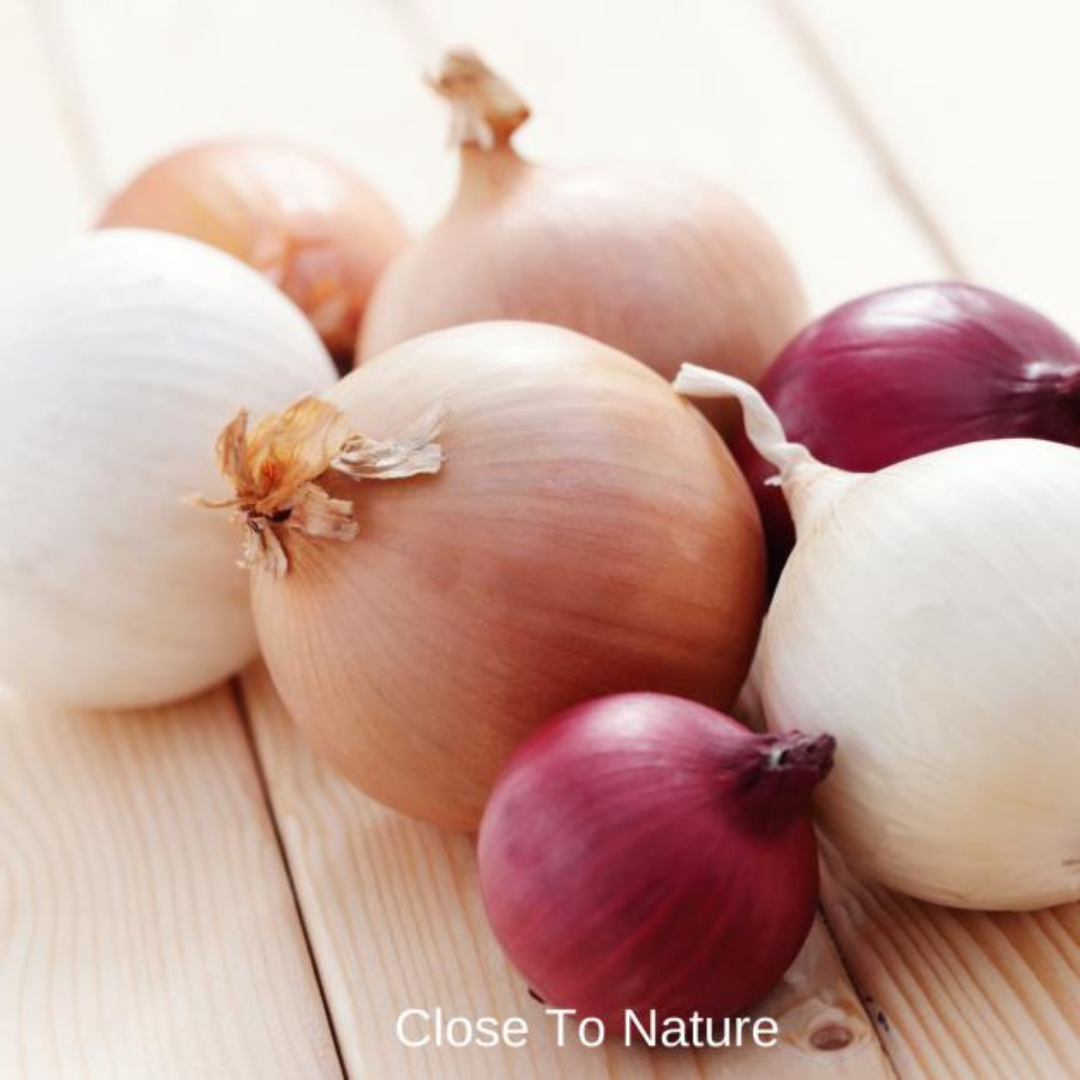
5 Common Onion Varieties
There are many onion varieties, and each type has its own set of purposes. How many varieties types of onions do you know?
Most of us are familiar with the ubiquitous yellow onion found in supermarkets. You may have also eaten red or white onions, but there are many more onion kinds to pick from.
Some onions are better eaten raw, whereas others are best used in French onion soup. Some onions are better used in cocktails, while others are best used in salsa.
Most (but not all) onions have one thing in common: they will make you cry!
1. Sweet Onions
The peel of this onion is pale yellow. They are larger and have less opaque skin than yellow onions. Walla Walla onions, Vidalia onions, and Maui are all common sweet onion cultivars.

2. Yellow Onions
The ordinary yellow onions found in most supermarkets are common culinary staples. Because of the colour of their skin, they are also known as “brown onions.” They're frequently found in mesh bags at a low price.
Yellow onions are meatier and more tender than, for example, red onions.
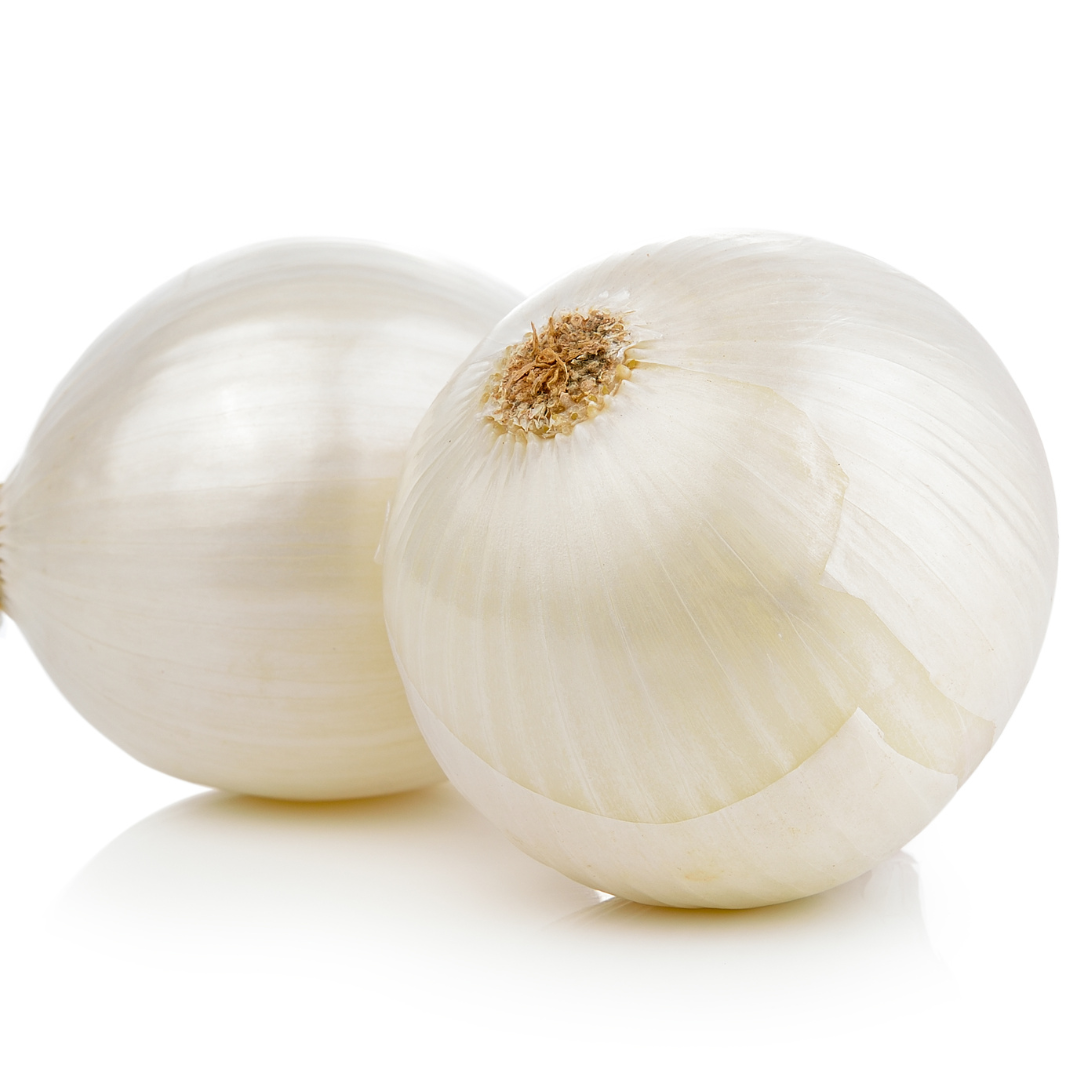
3. White Onions
White onions are a good choice if you want a stronger onion flavour. These onions have thinner and more papery skins. Frequently, the green stem is still attached.
4. Spanish Onions
Spanish onions are a variety of yellow onions that are slightly sweeter and milder in flavour than regular yellow onions. They have thinner, more papery skin than regular yellow onions and are more delicate.
5. Red Onions
Red onions are another good choice for recipes where raw onions are called for. The skin of these onions is deep purple and has a mild flavour.
They can be cooked. However, the gorgeous red colour is wiped out during the cooking process.
4 Onion Varieties With A Twist
The onion varieties listed above are the most well-known and widely utilized, but many others exist.
1. Torpedo Onions
Torpedo onions are an heirloom onion cultivar from Italy known for their unique shape. They're one of Italy's most well-known onion varietals. The onion is grown in Tropea, a town in Calabria.
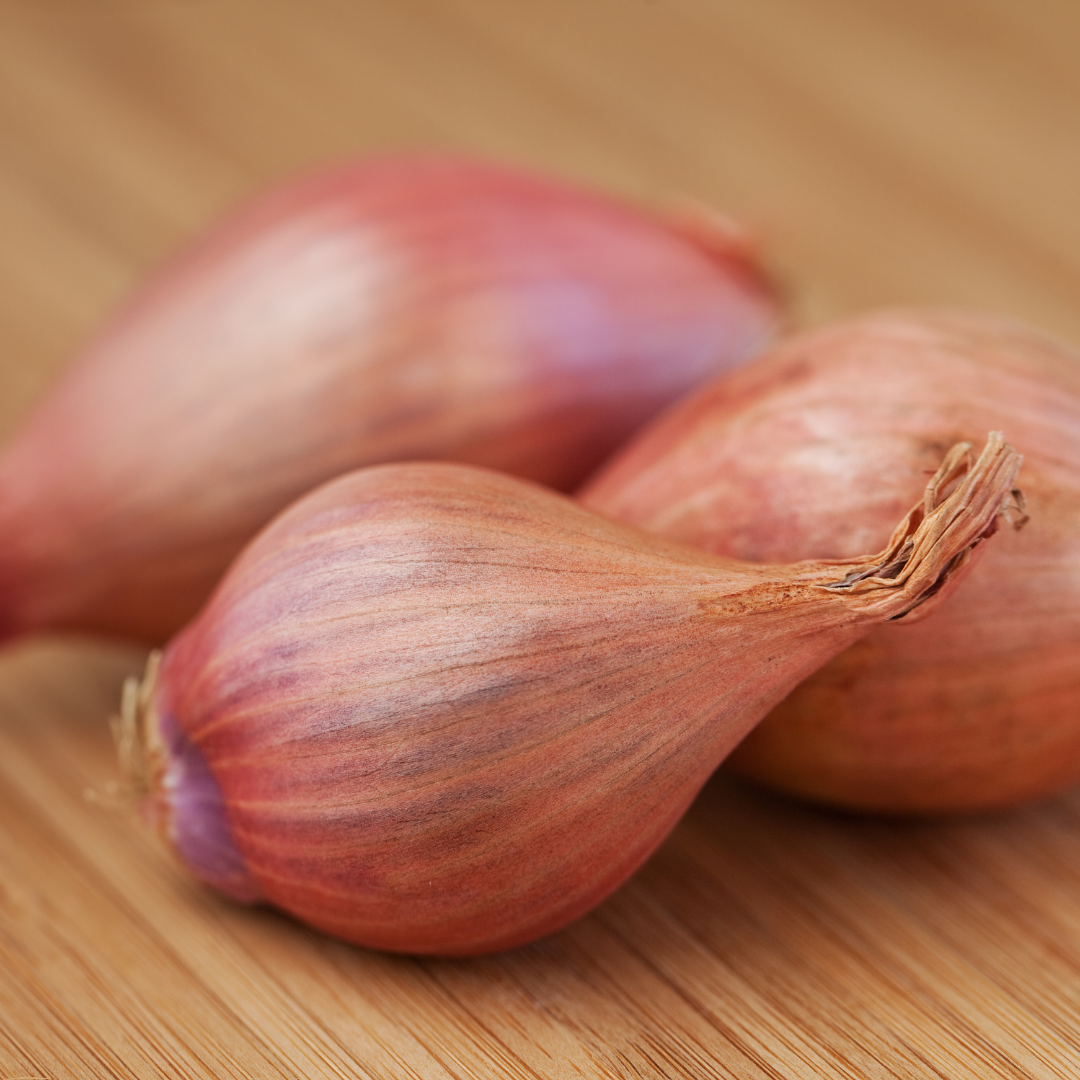
2. Shallots
The flavour of shallots is comparable to that of an onion, but it is richer and sweeter. It grows in clusters rather than a single bulb, similar to garlic. Several bulbs are frequently linked to a base in scallions.
Some shallots' skins are coppery, while the flesh is off-white with a purple tint. Others have skin that is a deep purple colour. Shallots have the appearance of little elongated onions.
3. Pearl Onions
These little onions are mild and sweet, making them ideal for pickling. They're fantastic eaten whole, roasted, or caramelized, and they're great in stews.
They usually range in size from 1/2 to 1 1/2 inches. Pearl onions usually have white skins but can also have yellow or red skins.
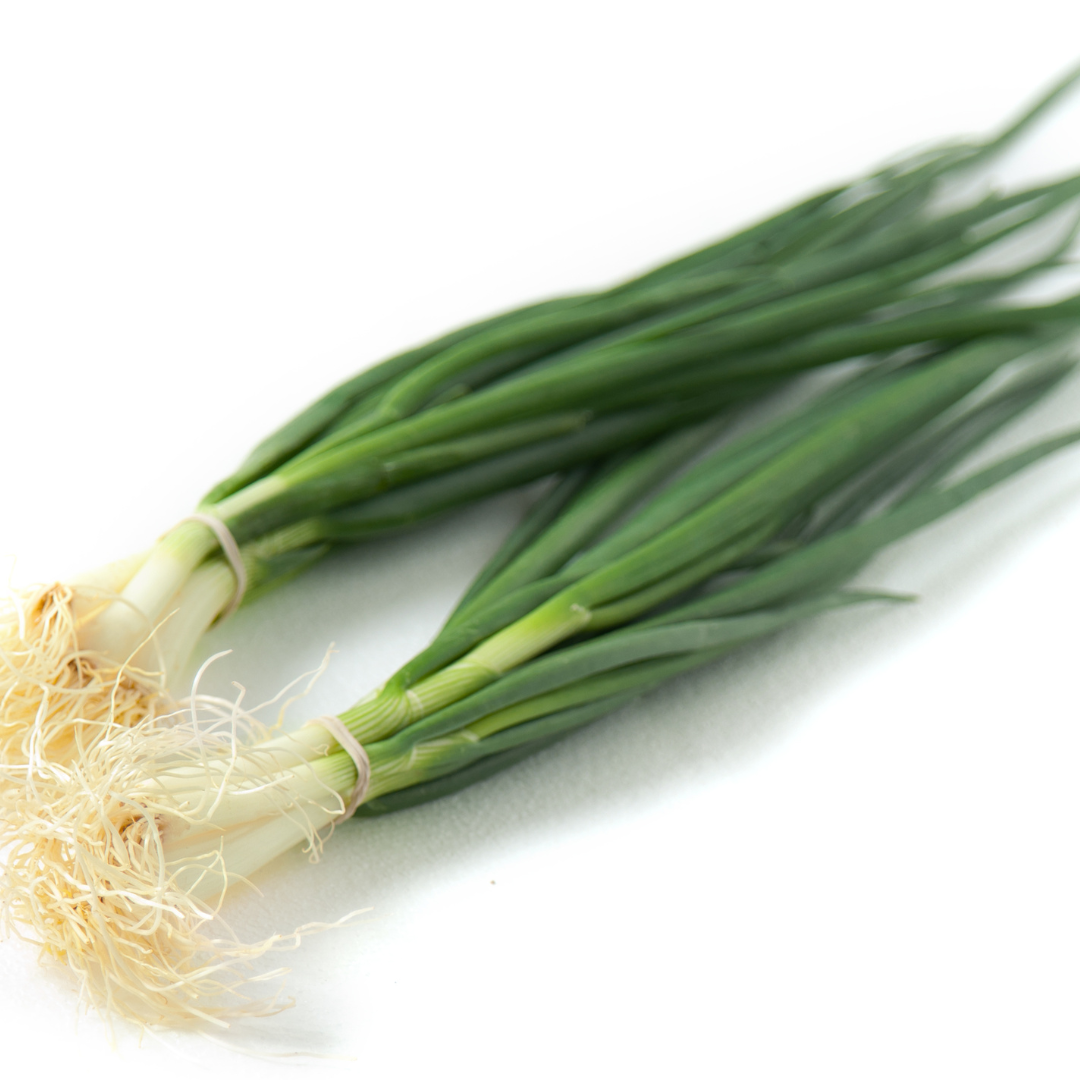
4. Scallions
Salad onions, bunching onions, Welsh onions, and spring onions are some other names for these onions. In truth, there are slight distinctions between each variety.
Instead of the typical huge heads that we associate with onions, these onions have long, delicious green tops.
Nutritional Values of Onions
- Calories: 44
- Fat: 0.1g
- Sodium: 4.4mg
- Carbohydrates: 10.3g
- Fiber: 1.9g
- Sugars: 4.7g
- Protein: 1.2g
- Potassium: 161mg
- Vitamin C: 8.1mg
- Folate: 20.9mcg
- Manganese: 0.1mg
- Vitamin B6: 0.1mg
6 Best Onion Plants That Can Be Grown In Containers
1. Ailsa Craig is a long-day heritage variety with a gentle, sweet flavour and golden skin.
2. The Italian Torpedo has a long, elongated shape, red-pink skin, and a moderately sweet flavour.
3. Red Burgundy is a purple-red-skinned cultivar with a short day.
4. Utah Yellow Sweet Spanish has a sweet flavour and matures in around 115 days.
5. White Grano is grown in huge, globular bulbs that take 100 days to mature.
6. Storage Onions have a longer shelf life than other vegetables. They have a crunchy texture.
Onions are also divided into groups based on their colour. Onions, whether yellow or brown, are well-known for their everyday use.
Similarly, red onions, often known as purple onions, taste best when used fresh. Finally, traditional white onions are primarily used in Mexican recipes.
8 Best Kept Secrets About Growing Onions in Containers
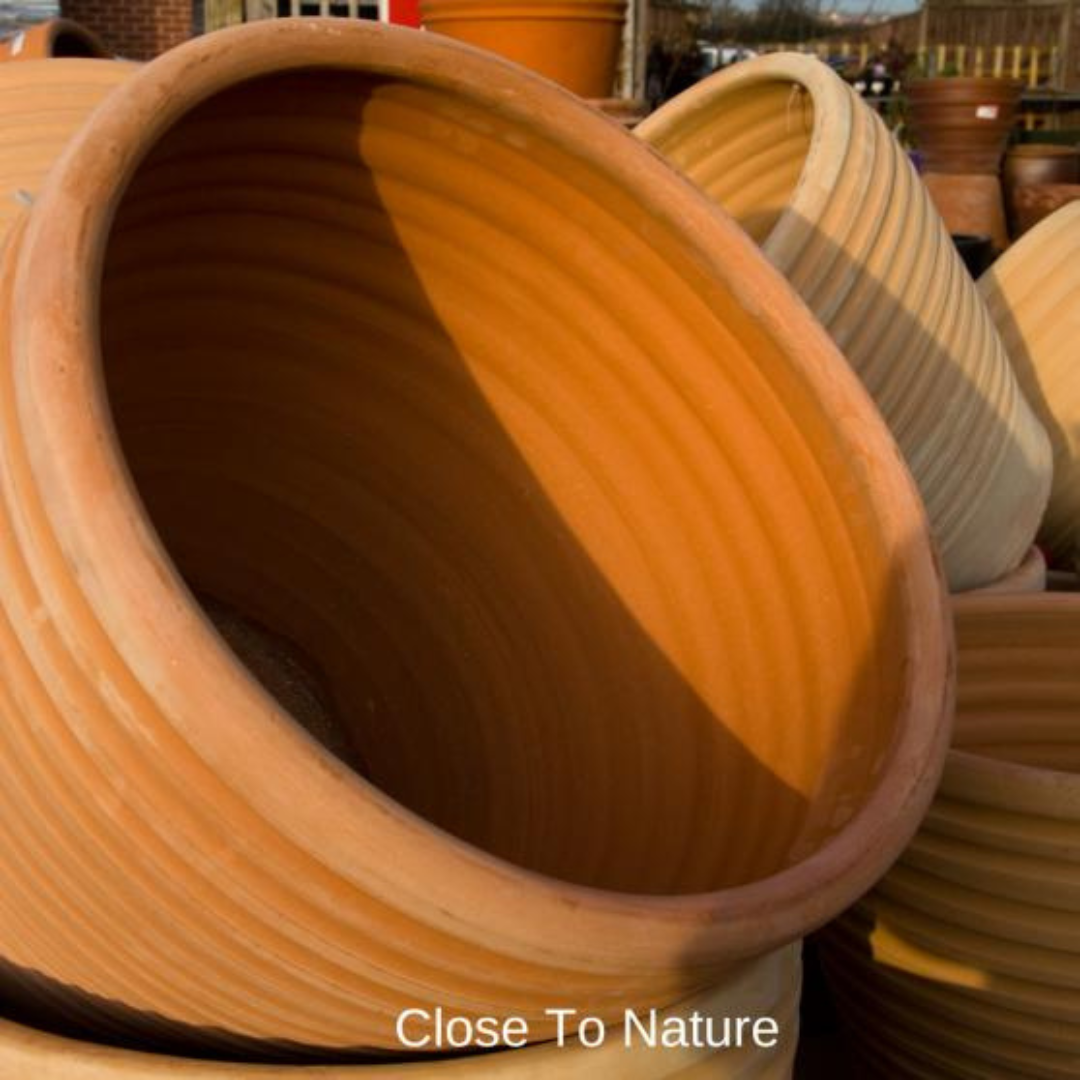
1. Select The Right Container To Plant Onions
Onions are notoriously large, so how much room do you need in a container to grow one? Many gardeners will plant their onions several feet wide in a huge plastic or galvanized tub. You'll want to drill drainage holes in the bottom of these tubs.
At the very least, allow at least three inches of space around each bulb for optimal growth. You don't need as much room around your onion plants if you're growing green onions.
We recommend planting your onions in a planter with a depth of at least 10 to 15 inches.
Although onions have shallow roots, it's a good idea to pack a significant amount of soil beneath them to help them obtain enough moisture. Mix equal parts compost and well-draining potting soil for the growing media.
2. Successful Method Of Propagation
When planting, you can use seeds, transplants, or sets. Onions bulbs or sets are hardier than seeds and may withstand poor soil conditions and weather better.
- Transplants are seedlings purchased in bunches from nurseries and planted at the start of the season. They bloom swiftly, but they're also prone to illness.
- Sets are the easiest to grow, mature quickly, and are disease-resistant. However, they are prone to developing a flower stem too soon. Plant them about 1 inch deep in the earth, with the sharp end facing up.
- It can take up to four months for seeds to mature. To avoid this, start sowing seeds 6-8 weeks before the season's last frost and keep the container indoors. Seeds should be sown around 12 inches deep and 1-2 inches apart during sowing.
- Bulbils are little bulbs that sprout above the flower stalks after they have matured. These little onions can be planted 1/2 inch deep in the fall or spring.
- The root end of an onion that can be utilized to create young onions is known as the onion bottom. Simply cut away the bottom section, let it dry, then use toothpicks to suspend it over a water bowl. When it has grown roots, put it in a pot.

Secret Number 3: Perfectly Balanced Soil
Your container onions will thrive in a neutral, slightly acidic soil pH and tolerate a slightly alkaline growing medium. Growing onions in pots requires potting soil that is loamy and high in organic content.
Add roughly ⅓-part compost or well-rotted manure to improve the soil before planting. Besides light and water, this reduces the care you offer your plants throughout the growing time.
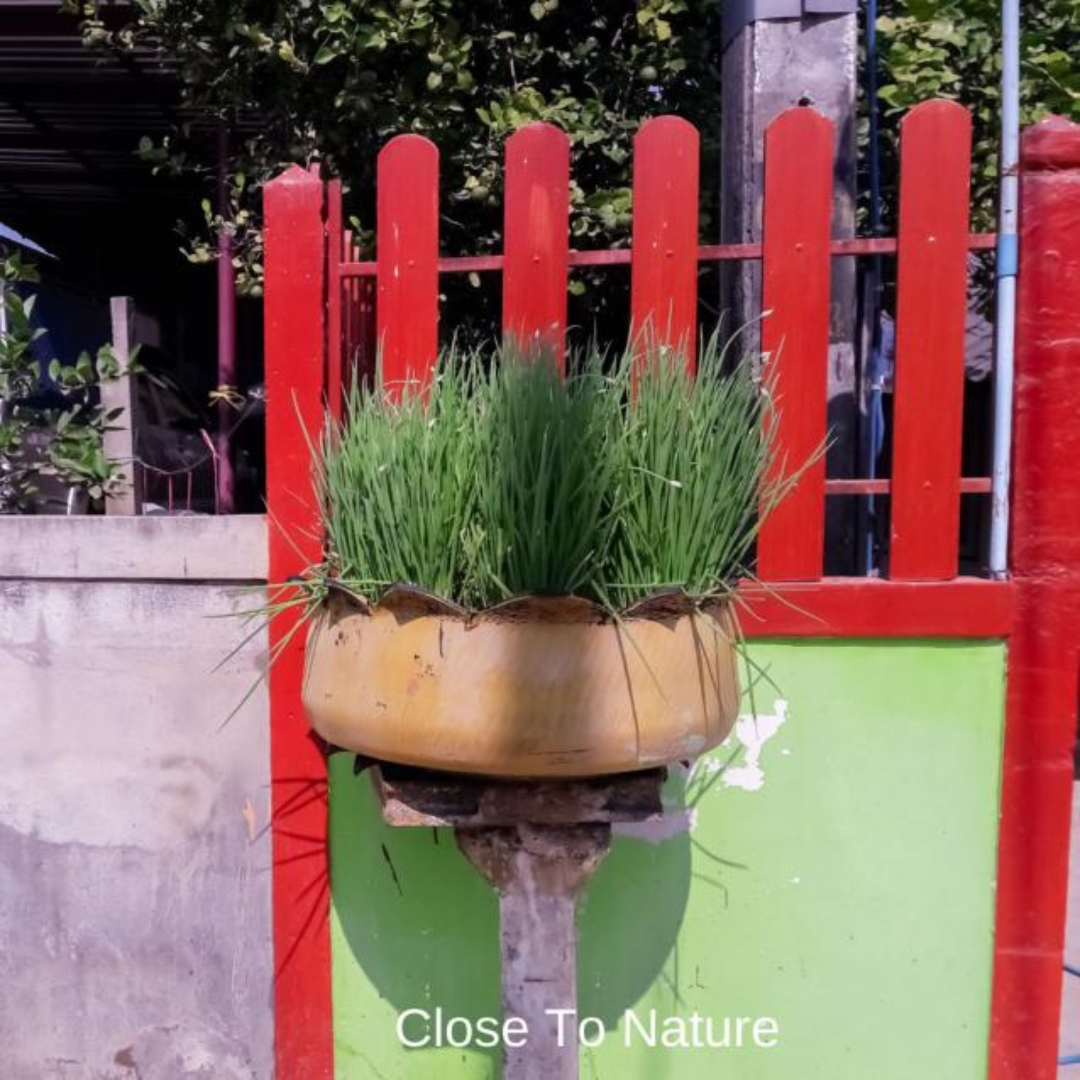
Secret Number 4: Full Sun Location
Onions thrive in full sun, with at least 6 hours of direct sunlight daily. You can also set your container in partial shade, but the yield will be reduced. Don't plant them in the shade unless you want green onions.
You'll need a window box on a south or west-facing windowsill to plant indoors. You can also leave the plant outside for 3-4 hours in the early sun or use growing lights to supplement.
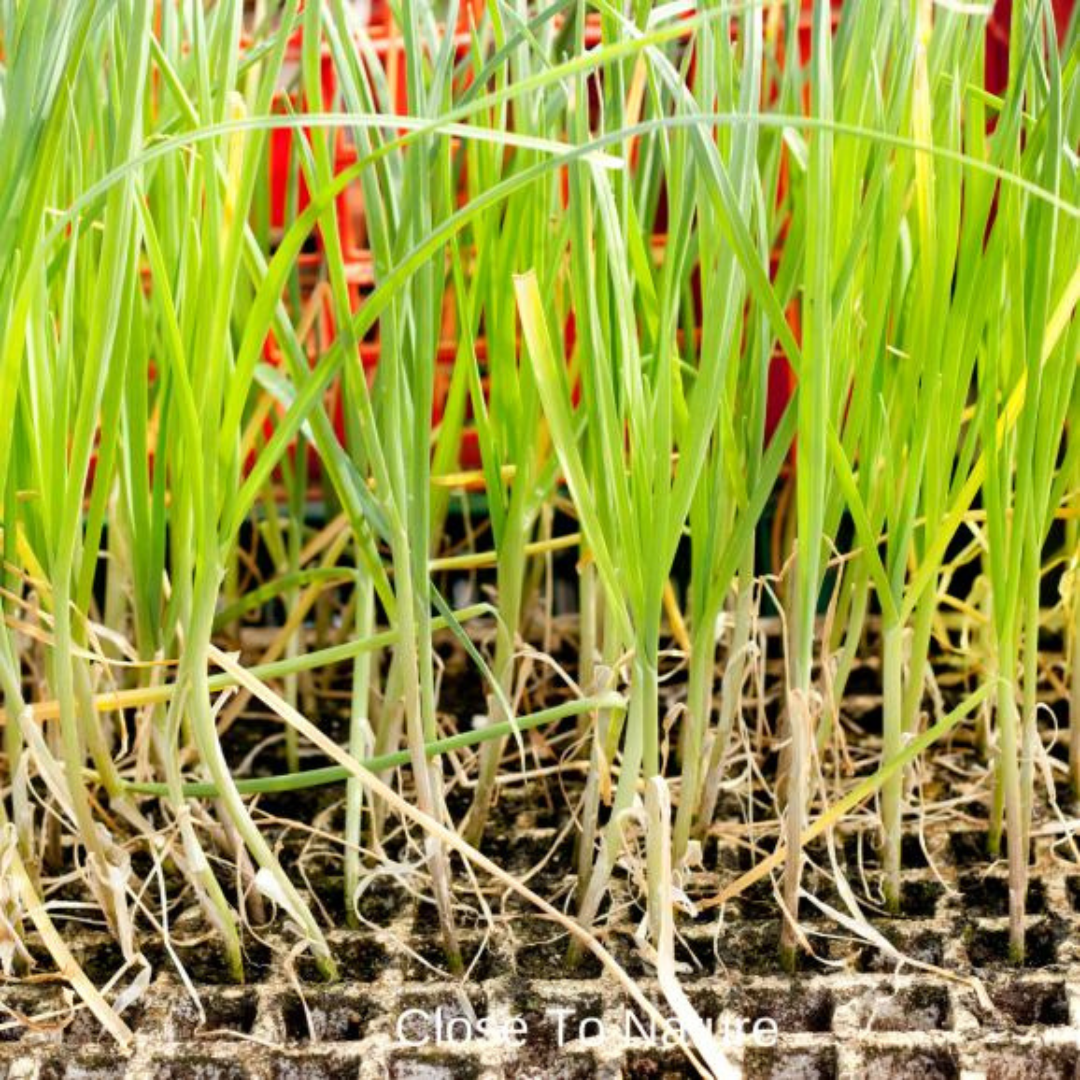
Secret Number 5: Adapt Spacing To The Size Of Onion Variety
The space you need depends on the onion variety you're planting. Space them 2-3 inches apart for smaller ones. If you're planting full-size onions, space them at least 4-5 inches apart.
Secret Number 6: Choose The Right Variety For Your Climate
Onions thrive in various climates, including subtropical, temperate, and tropical climates. There are short-day and long-day onions, as previously stated.
Onions grow best from 70° Fahrenheit (21° Celsius) to 75° Fahrenheit (24° Celsius), which is the perfect temperature for bulb growth.
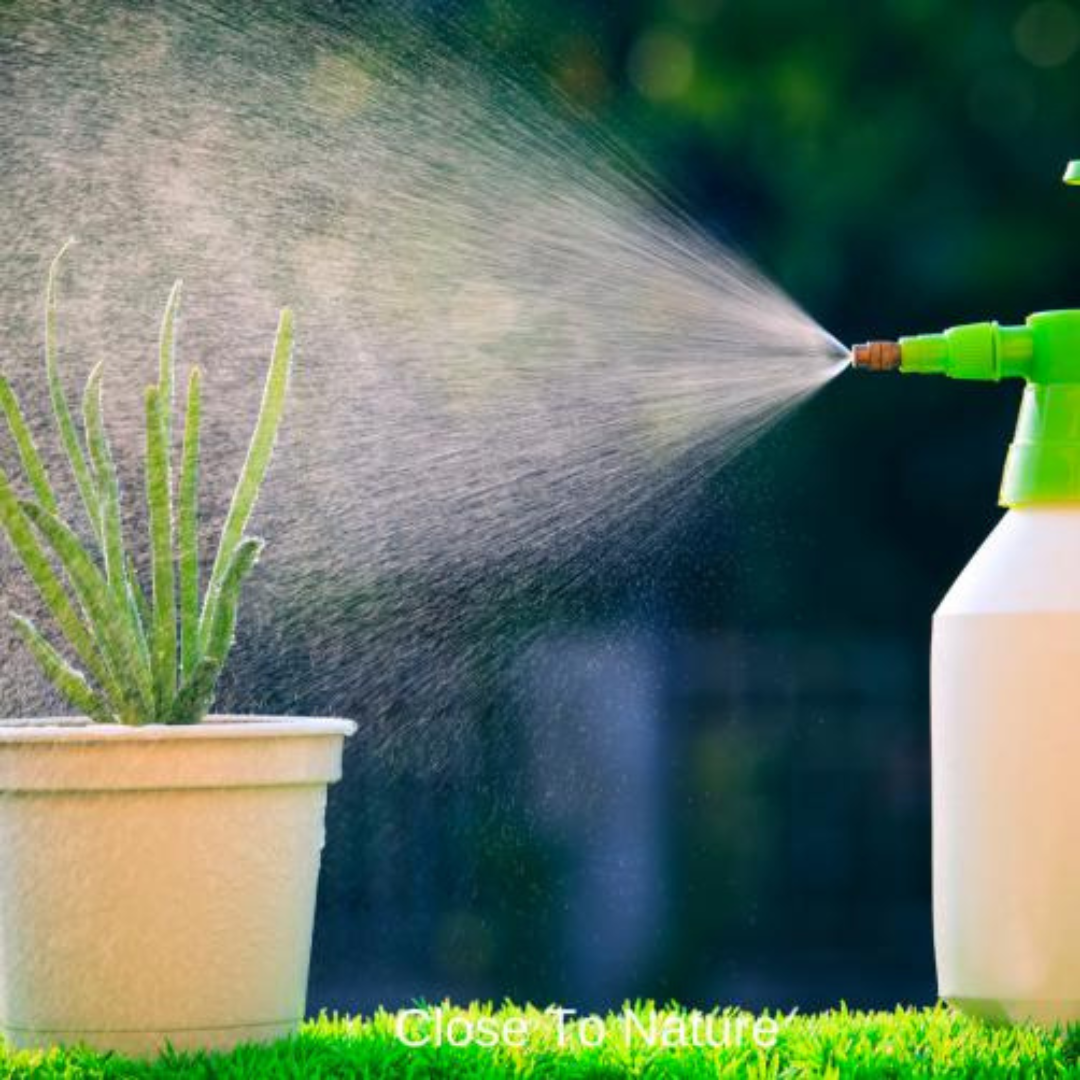
Secret Number 7: Thoroughly Water Your Onions
Use a lot of water when growing onions in pots, especially if you're using ceramic planters.
When the top 1 inch of soil becomes dry, it's time to water. Slowly and thoroughly pour in water until you see some drip through the drainage holes.
Because container soil dries up faster in warmer weather, check your onions as often as possible.
If you want your onions to be sweeter, water them more than normal, but not so much that the soil becomes soggy.
Watering should be done consistently. Also, 3-4 weeks before harvesting onions, reduce watering. Consider mulching the pot if it's going to be in direct sunlight.
Secret Number 8: Use The Perfect Fertilizer
You won't have to fertilize this veggie as often if you incorporate compost into your potting mix before planting.
- Fertilizers with a high nitrogen content should be avoided because they may encourage more top growth.
- A fertilizer with low nitrogen content, such as 5-10-10, should suffice.
- You can also use any balanced liquid fertilizer to feed your onion plants.
- Fertilize every 3 to 4 weeks.
- Compost tea and fish emulsion are other viable options.
4 Typical Issues To Be Aware Of
1. Neck Rot In Onions
The onions may suffer neck rot if the soil is too wet. It's a fluffy grey fungus that grows around the neck, causing the flesh to weaken. The diseased regions may become translucent as they dry up. It is possible to avoid this by maintaining proper soil drainage.
2. White Rot Of The Onion
This manifests as a dense white fungal growth surrounding the bulb's roots and base.
Unfortunately, there is no cure or treatment; the only option is to excavate and burn any remains.
3. Pests Such As Slugs, Root Flies, And Other Insects
Bugs can infest onions, and slugs will eat them, but root flies are particularly fond of them. In late summer, the fly larvae devour the bulbs' roots and may dig into them.
Growing onions from sets alleviates the problem. If an infestation is discovered, remove affected bulbs as soon as possible before the larvae go into the soil to pupate.
If the onions become too large, they will have to be burned, and this location should not be utilized again.
They can also become infested with thrips. Their presence is indicated by delicate white mottling on the leaf.
They are 2mm long yellow or black-bodied insects that are especially bothersome in hotter temperatures.
Because of the harm they cause to leaves, harvest crops are smaller. A few effective treatments and therapies exist if thrips are found early enough.
4. Splitting
Onions can split or double if the soil is too dry while growing, reducing their capacity to keep properly.
Health Advantages
Onions include a variety of phytochemicals that can help prevent disease and improve overall health.
1. Fights Cardiovascular Disease
Onions contain allyl sulphides, which are potent anti-heart-disease chemicals.
4 Onion contains vitamin C, an antioxidant good for your heart, and the flavonoid quercetin, which lowers blood pressure and inflammation.
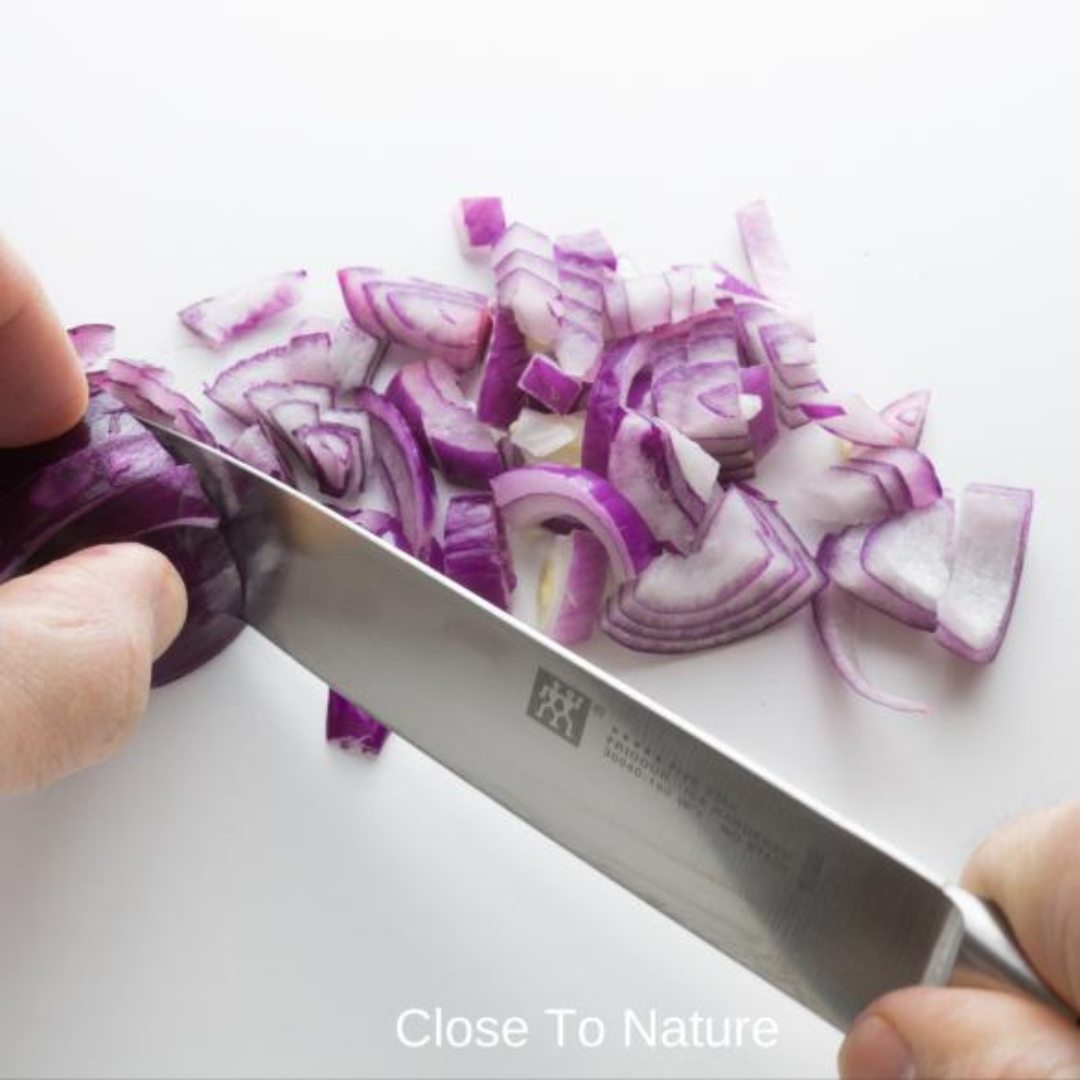
2. Can Help Prevent Cancer
Onions' allyl sulphides also protect against cancer.
4 They are in charge of regulating several pathways linked to cancer development. This involves stopping the cell cycle, preventing cancer cells from migrating, and causing apoptosis (programmed cell death).
3. Obesity Risk Is Reduced
While most lab studies on onion's weight-loss effects have involved animals, a study published in 2021 gathered papers that looked at its impact on humans. According to the article, many studies have linked the active chemicals in onions to weight loss.
4. Male Fertility Support
The activity of the Hv1 channel, which is important for sperm function, has been demonstrated to be enhanced by onion peel extract.
According to studies, the effects of onion peel are so potent that they may lead to the development of infertility drugs.
5. Enhances Memory
Onions are high in inulin, a soluble prebiotic fiber that nourishes good gut bacteria. Inulin's effect on mood and brain performance was investigated in one study.
It was discovered that ingesting inulin was linked to improved short-term recall and recognition.
Although further research is needed, the inulin in onions appears to be advantageous to cognitive function.
6. Allergies
Handling onions rather than eating them causes allergy symptoms such as asthma, skin rashes, and runny nose.
Despite this, anaphylaxis due to an IgE-mediated response (as with a conventional food allergy) has been reported after eating cooked onions.
It is possible to get allergic symptoms after handling or eating onions immediately or several hours after contact. If you suspect an onion allergy, consult your doctor for a diagnosis.
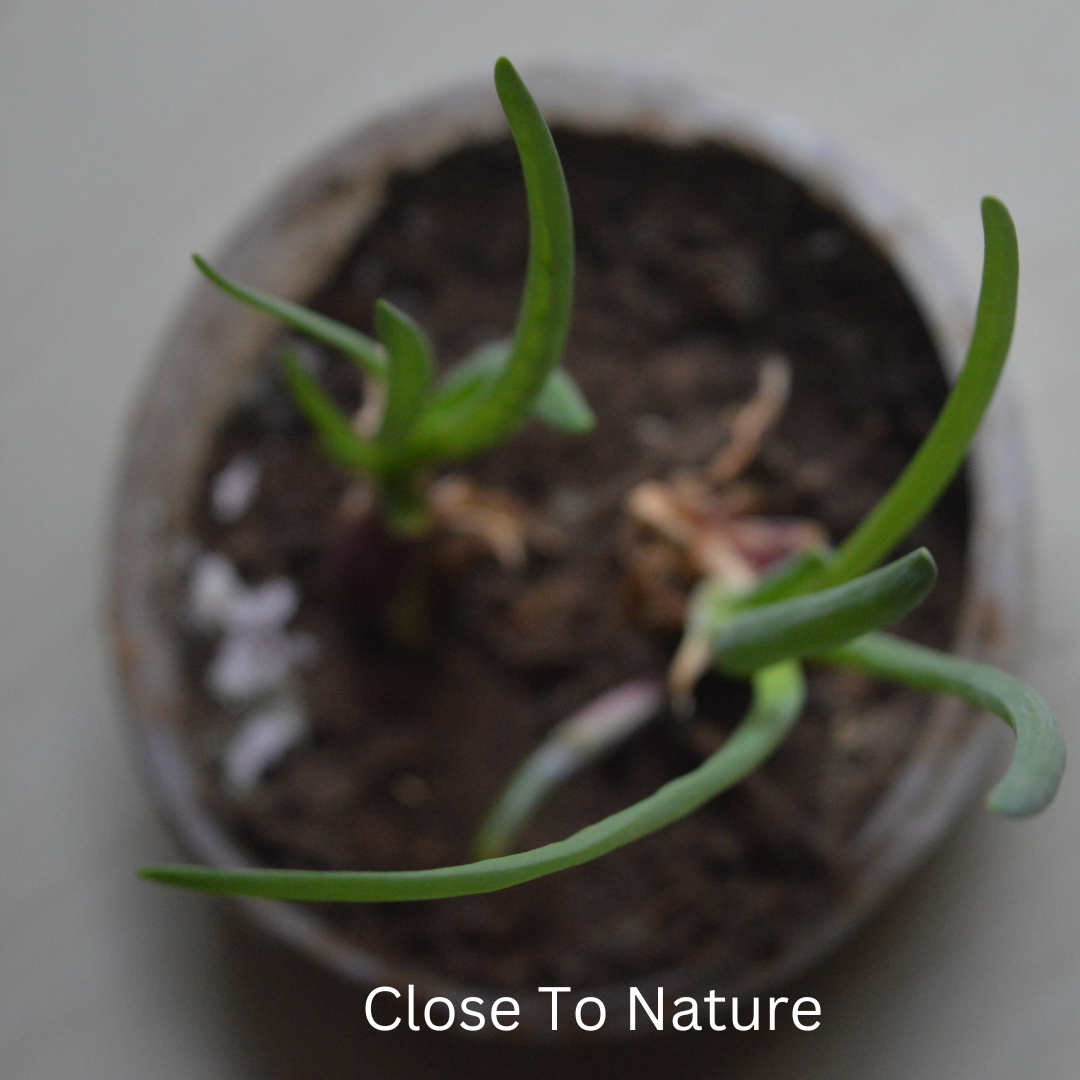
Conclusion
Just because you have limited space doesn't mean you can't attempt new things. With these instructions, you'll quickly grow onions or shallots in containers. Perhaps you might try a greater harvest in a prepared garden area next time.
In alkaline soils, you can use Ammonium Sulfate 21-0-0 or Calcium Nitrate 15.5-0-0; in acidic soils, you can use Calcium Nitrate 15.5-0-0. Once you notice bulbing beginning, stop fertilizing. When the tops are ready to be harvested, they will fall over.
If you want to grow other vegetables but don't have enough space, try growing potatoes or tomatoes. They can be planted in a small area and still produce much fruit.
Please contact us if you have any other container onion growing inquiries! We want everyone to be able to grow onions and eat them.
I trust you enjoyed this article on the 8 Best Guarded Secrets To Grow Onions In Containers. Please stay tuned for more blog posts to come shortly.
JeannetteZ
>>>Please click here to read my all-inclusive article about Container Gardening<<<
Are you interested in homegrown herbs and medicine? Please click here to find out more about it!
Your Opinion Is Important To Me
Thoughts? Ideas? Questions? I would love to hear from you. Please leave me your questions, experience, and remarks about this article on the 8 Best Guarded Secrets To Grow Onions In Containers in the comments section below. You can also reach me by email at Jeannette@Close-To-Nature.org.
Disclosure
This post may contain affiliate links. I earn from qualifying purchases as an Amazon Associate and other affiliate programs. Please read my full affiliate disclosure.
You might also enjoy these blog posts:
9 Creative Ways To Grow Eggplants In Containers
10 Awesome Tips To Grow Peppers In Containers
9 Best Stress Relief Activities For College Students
Tips To Reduce Stress In Women Over 50
12 Best Stress Relief Games For Kids

